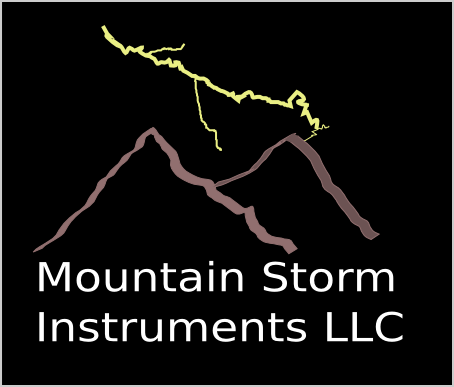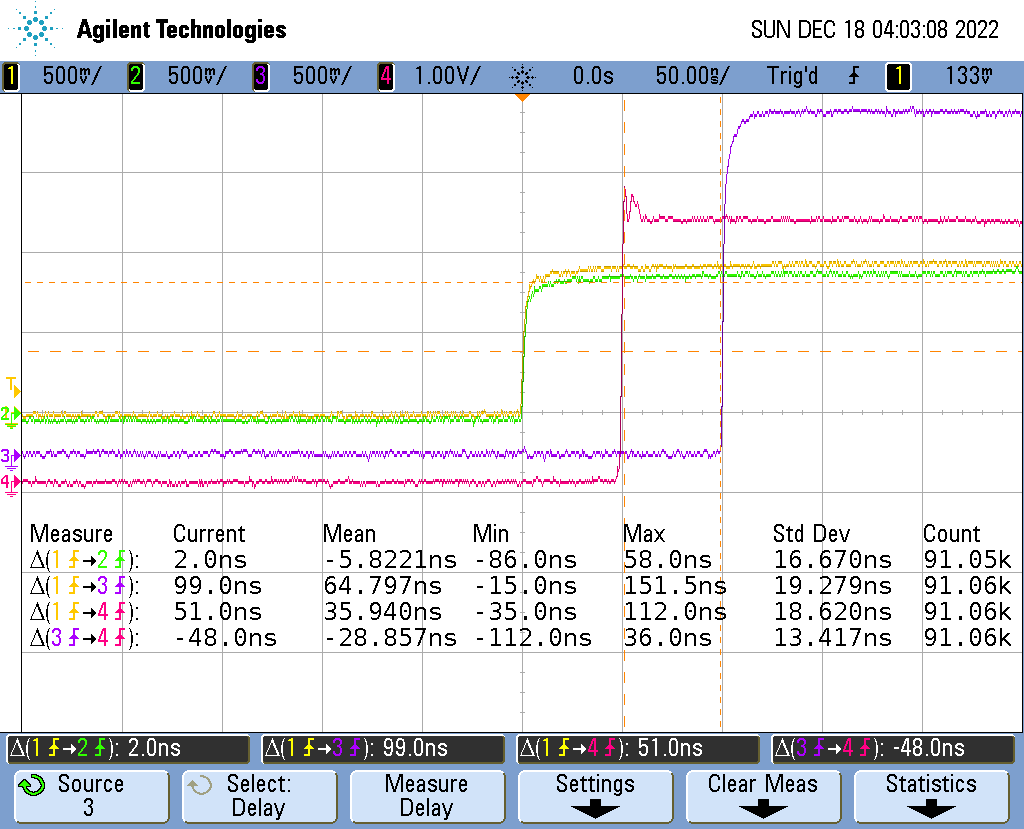The image is a screen shot showing the results of a timing test between four GPS units. Units 1 and 2 are U-blox ZED-F9T L1/L2 band and Units 3 and 4 are Trimble ICM360 L1 band. Hockey puck style 3V antennas were used for the test. Both pairs of GPS units were set to use US GPS system only and used a position average of 3600 positions at a rate of 1 position/s. The test was run for 91K secs or 1.05 days of accumulated statistics.
The Trimble ICM360 (units 3 and 4) use only a single band resulting in them using a ionospheric model for plasma density delay calculations. The U-blox ZED-F9T (units 1 and 2) use both the L1 band and L2 bands and compare the time difference to figure out ionospheric electron density for propagation delay. In theory this should result in a more accurate calculation of time and a lower standard deviation. The ICM360 gps units had a std. deviation of 13.4 ns and the ZED-F9T had one of 16.7 ns. The ICM360’s are spec’d for a std. deviation of 15 ns and the ZED-F9T for 5 ns. This is the std. deviation of a single unit from a stable time reference from one PPS to the next. I am not sure how to calculate the expected difference between two GPS units PPS. The means value error was roughly 5 times lower for the ZED-F9T’s then the ICM360’s.
Not sure what conclusions to draw from the test yet other than if you are going to use a PPS signal to reset a reference timer on each PPS the error can be quite large of around 100 ns between two units of the same mfgr. and 150 ns between two different ones. There’s also quite a few parameters to setup in the GPS for timing. So I will probably be doing some more testing when I get a chance.
Just thought I’d put up some preliminary testing data.
J

